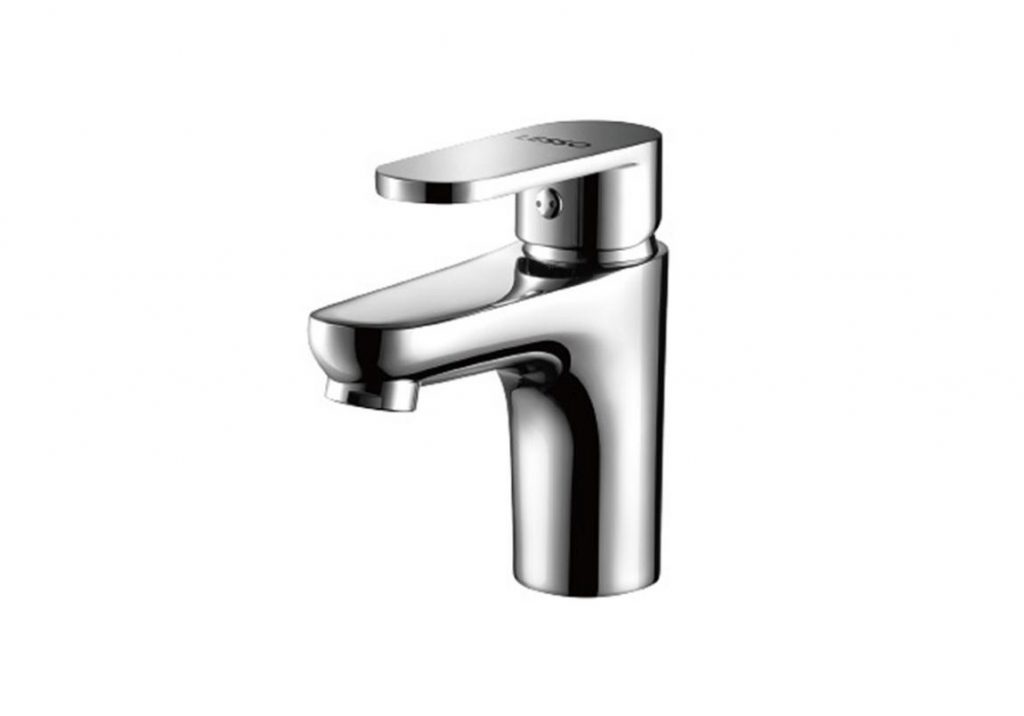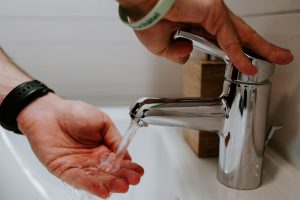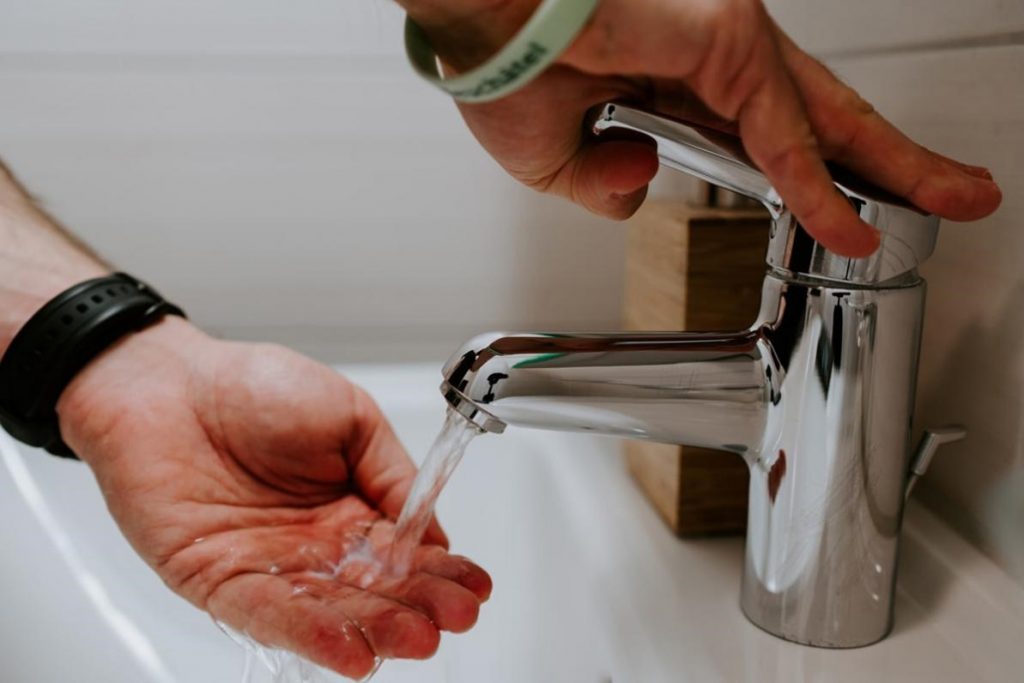Table of Contents
If your single-handle bathroom faucet is leaking, don’t worry, as it’s usually an easy fix. Most homeowners, even those with little plumbing experience, can repair the single-handle bathroom faucet by themselves in just a few minutes with the help of the right tools. By repairing yourself, you can save money on plumber costs and fix the problem within an hour. Moreover, how to fix a leaky bath faucet will also be discussed in this article later.
To begin with, you should investigate where the leak is coming from. If you find that the spout is the source of dripping water, there is likely something wrong with the internal valve, maybe it doesn’t shut off the water thoroughly, and you will need to replace the faucet cartridge.
Homeowners need to identify the source of the leak accurately before taking the single-handle bathroom faucet apart. Because under different situations, there are different requirements for repairing the leaks. Next, the article will discuss various reasons for leaky faucets.
5 Causes of Leaky Faucets
1. A Damaged Cartridge
If your brass bathroom faucets have two separate handles for hot water and cold water, then it is a type of faucet that uses a cartridge to control water flow. The cartridge is a valve within each handle that regulates water flow into the faucet spout. A leaking brass bathroom faucet indicates that there may be something wrong with the cartridge.
2. Broken Washers
A prevalent reason for a dripping faucet is that washers are damaged. The washers are attached to the valve seat, and after some time, constant rubbing can wear them out, and leakage occurs. Inappropriate installation or the wrong size of the washer can also contribute to leakage.
3. Water Pressure
If you observe that your single-handle bathroom faucet only drips at specific intervals or when the handles are manipulated in a particular way, the leakage may be caused by your residence’s water pressure.
4. Malfunctioning O-Ring
Inside the sink’s faucet, there is a small disc called an O-ring that secures the faucet handle in position by attaching it to the stem screw. O-rings, like washers, can be worn out or loosen over time. If your bathroom faucet’s single handle is dripping water, this is likely the reason.
5. Deteriorated Valve Seat
When water is leaking from the spout of your faucet, the issue could be caused by the valve seat. The valve seat links the faucet to the spout, and the accumulation of sediment would cause corrosion on the seat, resulting in leakage.
What You’ll Need to Fix the Leaky Faucet
Tools are crucial for repairing leaky brass bathroom faucets because they allow you to disassemble and reassemble the various components of the faucet. These tools enable you to remove the old or damaged parts, replace them with new ones, and reassemble the faucet to restore its proper functioning.
Moreover, the use of tools can help you avoid damaging the faucet during the repair process. Having the right tools and knowing how to use them properly can make the repair process easier and more effective, ensuring that the faucet is fixed correctly and does not leak again in the future. Here are what you need to repair a leaky faucet:
- Adjustable wrench
- Screwdrivers (both Phillips and flat-head)
- Allen wrench
- Pliers (regular and needle-nose)
- Penetrating oil (such as WD-40)
- Plumber’s grease
- Replacement parts (washers, O-rings, seals, etc.)
- Bucket or container to catch water.


How to Fix a Leaky Bath Faucet
Step 1: Turn Off the Water
Shutting off the water at the supply valves under the sink is the first thing that you must do. To stop the water flow from your single-handle bathroom faucet, find the hot and cold water valves situated beneath the sink in the bathroom. Rotate the handle of both valves in a clockwise direction.
Next, open the faucet to get rid of any remaining water in the water lines and faucet. In case there are no shutoff valves below your faucet or the water doesn’t completely shut off, you can shut off the water supply to your entire home at the main water shutoff.
Step 2: Disassemble the Faucet Handles
After turning off the water supply, you need to take off the single-handle bathroom faucet. To accomplish this, locate the small set screw situated near the base or rear of the handle. Although each brand varies, these screws are frequently hexagonal, which means you may require the appropriate size Allen wrench to loosen it.
After unscrewing the set screw, raise the handle and take it off. Due to different brands may have different designs of a washerless faucet, the inner parts of the handle may appear somewhat distinct.
Step 3: Detach the Valve Stem
After removing the faucet handle, you’ll be able to spot the inner valve stem or cartridge, which must also be removed. For compression faucets, you can unscrew the brass valve stem, while for cartridge faucets, you can pull it out directly. If you encounter any difficulties, you can consult your faucet manual or find guidelines online.
Step 4: Inspect and Replace the Damaged Parts
When all the components are removed, examine them closely to determine which one requires replacement to repair the leaking faucet. Among the parts you’ll likely encounter are rubber washers, O-rings, and seals. If any of these parts appear to be old or damaged, replace them.
You can locate the necessary parts by visiting a nearby hardware store. To ensure you obtain the correct parts for your leaking faucet, it is recommended that you bring the old ones with you and request the exact products.
Step 5: Turn On the Water
Verify that the faucet is not running, and then activate the water valves located beneath the sink. Allow the water to flow for a few moments, examining the faucet for any signs of leakage. Subsequently, switch off the faucet and check that it has no dripping.
If you can identify the components that constitute your faucet hardware, you will be able to categorize your faucet and find a suitable faucet for your home. It is crucial to repair your dripped faucet and replace it with a good-quality one, though it may require considerable time and effort.
If you’re looking for a reliable and stylish faucet for your home, consider choosing a LESSO faucet. With its advanced features and superior quality, you can enjoy a leak-free and efficient water system for years to come.
If you are interested in the products mentioned above, please go to LESSO for more information about your interesting product.
Recommend Reading


How to Clean Bathroom and Kitchen Faucets
Table of Contents Not many people realize that their faucets also require cleaning the same way as their sinks and other places in those rooms.


How to Choose the Best Bathroom Faucet
Table of Contents Are you looking for the best bathroom faucet for your home? Choosing the right one can be a big decision, as well








